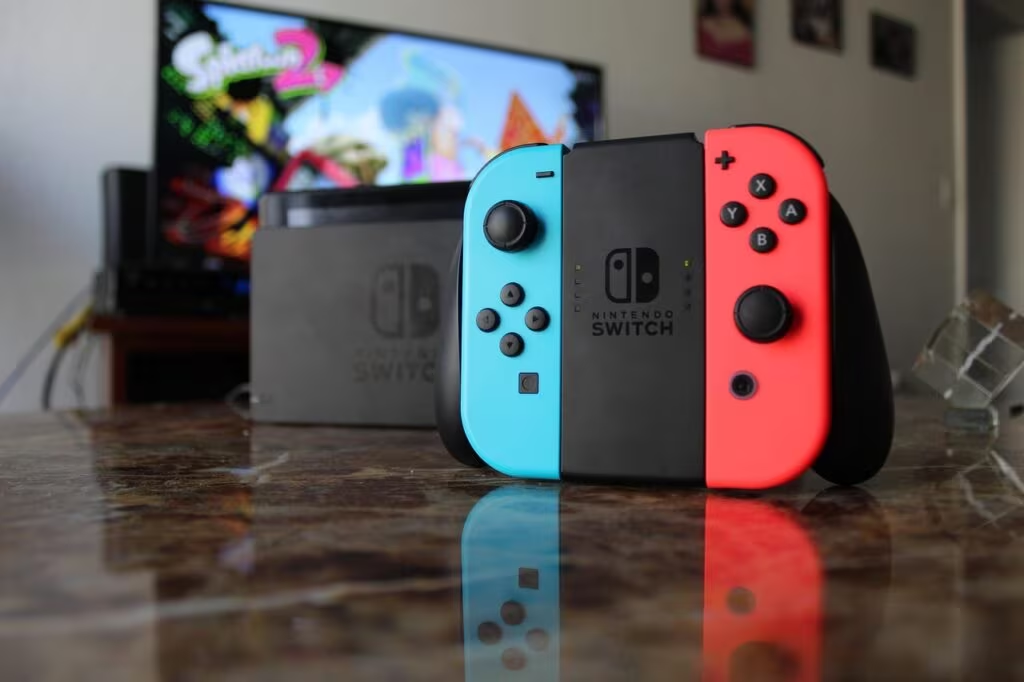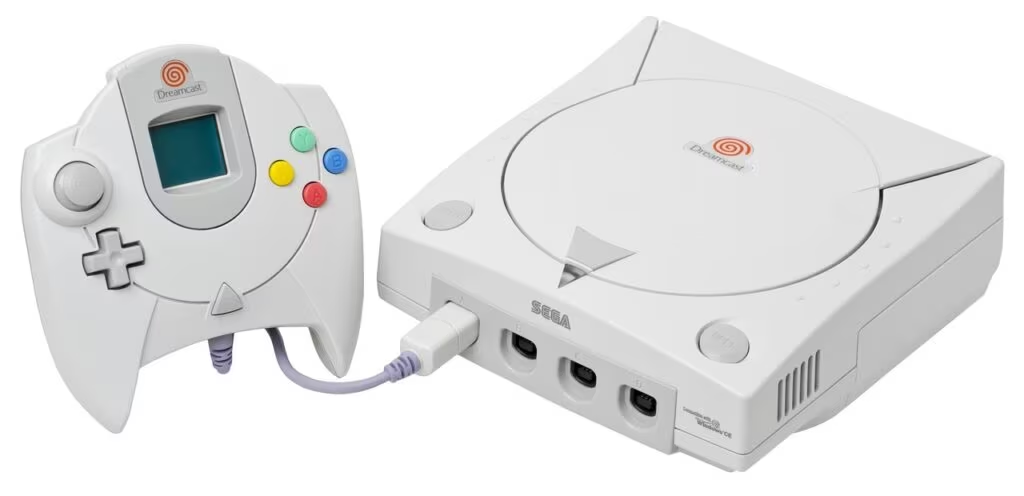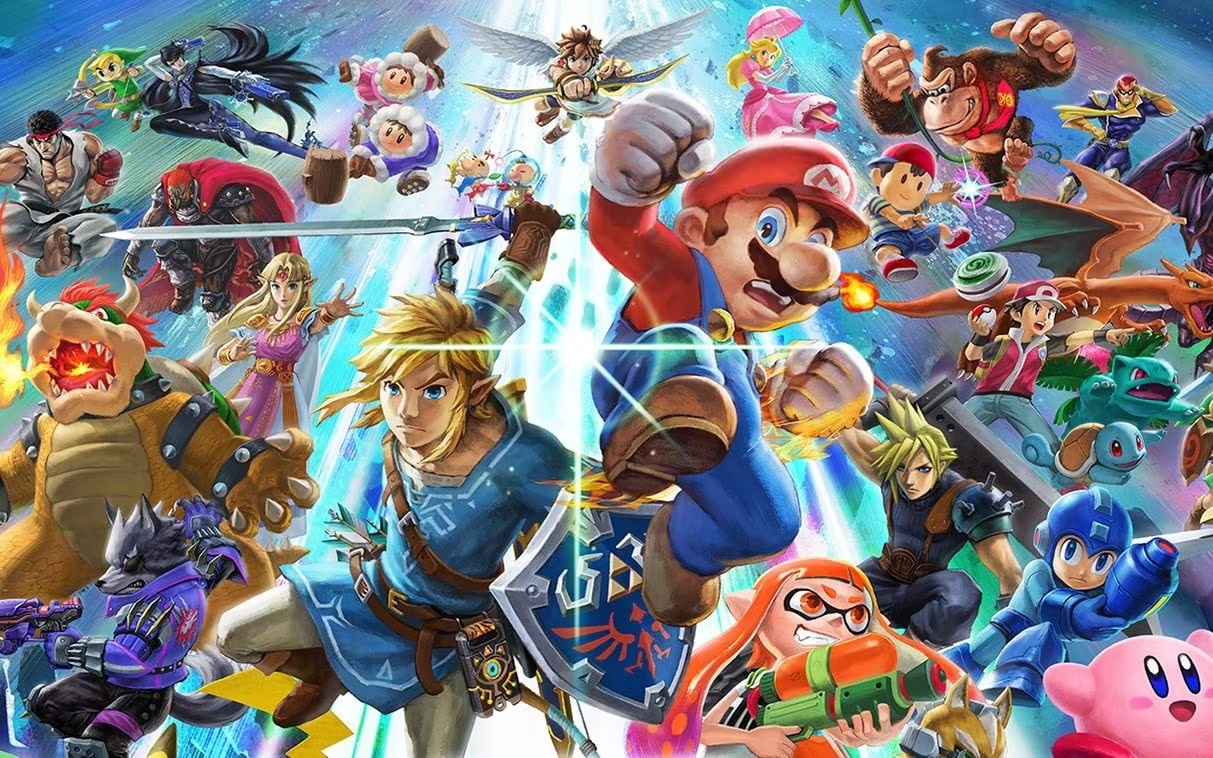Addressing the Library Question: Nintendo’s New Compatibility Resource
In a crucial move to support the millions of users transitioning to its new console, Nintendo has officially launched a dedicated Switch 2 Backwards Compatibility Search Page. This resource allows owners of the new hardware, which debuted in June 2025, to quickly verify the status of their existing Nintendo Switch game libraries.
The launch of this centralized search tool directly addresses one of the most pressing concerns for early adopters: ensuring that their extensive collection of original Switch titles functions seamlessly—and ideally, with enhancements—on the more powerful Switch 2 system. The page confirms which games have received necessary upgrades, updates, or system firmware patches to guarantee compatibility and optimal performance on the successor console.
This initiative underscores Nintendo’s commitment to a smooth generational transition, acknowledging the value players place on their accumulated digital and physical game collections.
The Technical Necessity of Backwards Compatibility Patches
While the Nintendo Switch 2 was designed with native backwards compatibility in mind, the technical leap between the two consoles necessitates specific software adjustments for many older titles. The new hardware features increased processing power, higher resolution output capabilities, and potentially revised controller inputs.
For a game designed for the original Switch’s specifications to run optimally on the Switch 2, developers often need to issue patches. These updates can address several critical areas:
- Performance Stability: Ensuring frame rates remain consistent, especially in sections where the original Switch struggled.
- Resolution Scaling: Allowing the game to render at higher resolutions (e.g., 1080p or 4K when docked) that the Switch 2 supports.
- Feature Integration: Utilizing new system features, such as enhanced loading speeds or specific functions of the new Joy-Con controllers.
- Bug Fixes: Resolving any unforeseen glitches that arise from running older code on newer system architecture.

How the Search Page Works
The new compatibility search page acts as a central database, eliminating the need for users to check individual developer websites or rely on community reports. Users can input the name of any original Switch title to receive an immediate status report. The results typically fall into three main categories:
- Fully Compatible (Optimized): The game has received a specific patch or update to leverage the Switch 2’s hardware, offering enhanced performance, resolution, or features.
- Compatible (Standard): The game runs perfectly fine on the Switch 2 using the console’s built-in emulation layer, but no specific optimization patch has been released.
- Requires Update: The game requires a specific firmware or system update on the Switch 2 itself to run, or a specific game patch must be downloaded before playing.
This level of transparency is vital for consumers, particularly those who rely heavily on digital purchases and want assurance that their investment is protected across generations.
Context and Industry Implications
Nintendo’s decision to launch a dedicated, official compatibility tool stands in contrast to previous console generations where such information was often scattered or left to community testing. This move aligns with modern industry practices, where seamless backwards compatibility is no longer a bonus feature but a fundamental expectation.
For major competitors like Sony and Microsoft, backwards compatibility has been a cornerstone of their console strategies for years. Microsoft, in particular, has invested heavily in making older Xbox titles playable and often enhanced on the Xbox Series X/S.
By providing this tool, Nintendo is signaling that the Switch 2 is meant to be a direct, non-disruptive upgrade for the existing user base, rather than a hard reset.
“The sheer volume of titles released for the original Nintendo Switch—estimated to be well over 5,000—made a centralized compatibility resource essential. This tool manages user expectations and ensures a positive out-of-box experience for Switch 2 owners who are eager to dive back into their favorite games with better performance,” notes a leading industry analyst.

Impact on Developers
The existence of this official page also provides clear guidance to third-party developers. It incentivizes studios to prioritize releasing Switch 2 optimization patches, knowing that Nintendo will actively promote the compatibility status of their titles. This is particularly important for high-profile games that could benefit significantly from the Switch 2’s improved GPU and CPU performance, such as demanding open-world titles or graphically intensive ports.
Key Takeaways for Switch Owners
For current and future owners of the Nintendo Switch 2, here are the essential points regarding the new compatibility search page:
- Verification is Easy: The new tool provides a quick, official way to check if your favorite original Switch games are optimized for the Switch 2.
- Active Support: Nintendo and third-party developers are actively issuing patches to enhance older games, confirming ongoing support for the original library.
- Investment Protection: The existence of this resource confirms that your investment in the original Switch library is secure and transferable to the new console.
- Performance Boost: Look for games listed as ‘Optimized’ to experience potential improvements in frame rate, resolution, and loading times on the Switch 2.
Conclusion
The launch of the dedicated Switch 2 backwards compatibility search page is more than just a customer service tool; it is a strategic declaration by Nintendo that the Switch 2 era will build directly upon the massive success of its predecessor. By prioritizing the user experience and providing clear, centralized information, Nintendo minimizes friction during the console transition, ensuring that the vast library of the original Switch remains a compelling reason to upgrade to the new hardware.
This resource is expected to be continually updated as more developers release optimization patches throughout the remainder of 2025 and beyond.
Original author: Liam Doolan
Originally published: November 10, 2025
Editorial note: Our team reviewed and enhanced this coverage with AI-assisted tools and human editing to add helpful context while preserving verified facts and quotations from the original source.
We encourage you to consult the publisher above for the complete report and to reach out if you spot inaccuracies or compliance concerns.

